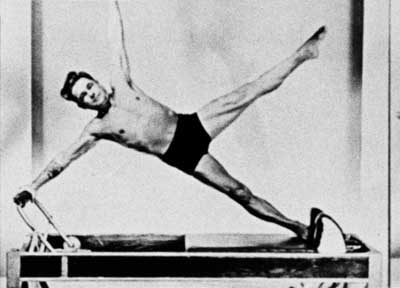
Emma Roberts
Emma had an extremely athletic upbringing which led to her becoming an elite gymnast competing for Great Britain in 2002, this naturally progressed into coaching. Later she studied Sports and Exercise Science at the University of Portsmouth whilst working as a personal trainer and teaching studio classes such as Body Conditioning, Step, Bums & Tums, Body Pump, Circuits and Spinning. At this point Emma grasped an opportunity to own/manage a private gym.During her third pregnancy Emma began studying the numerous benefits of Pilates which she found to compliment her gymnast background. She then set up Bump2babyfit classes including the hugely popular Buggy Club, helping hundreds of women gain back their pelvic floor strength, pre-baby body and fitness levels. Leaving the fitness gym behind Emma moved further into the community teaching Zumba, Kettlercise and Pilates, through 2020 she evolved to teach online live classes including Pilates, Dancefit and Body Strong. The autumn of 2021 sees Emma opening Alento Pilates Studio to continue these classes, both in person and online while also expanding her Pilates practice onto the larger pieces of original apparatus. Emma originally trained with an Osteopath to become a Clinical Pilates teacher, she is now developing her knowledge by training with 2nd generation Classical teachers (their teachers were taught by Joseph Pilates himself).

Joseph Pilates
Joseph Pilates and his wife created the Pilates method 100 years ago with the intention of correcting posture and for the use of rehabilitation. His back ground was in gymnastics, dance and martial arts, at first he used the method for his own rehabilitation, after seeing improvements he went on to design both mat work exercise regimes and specific Pilates equipment. He used an analytical approach to posture and body mechanics, he preached the benefits of correct breathing techniques, all for the perfect balance of body and mind. Many of his exercises were aimed for the use of dancers or those with high levels of flexibility, so they have been adapted over the years to suit a wider audience. Many progressions of the original movements are still used for rehabilitation purposes as the slow, precise movements allow for accurate muscle activation.
The 6 principles of the Pilates method are Precision, Breathing, Centering, Control, Concentration and Flow, when all of these principles are applied they maximise the benefits of Pilates.
Keep in Touch
Look through the socials for more exercise ideas.
